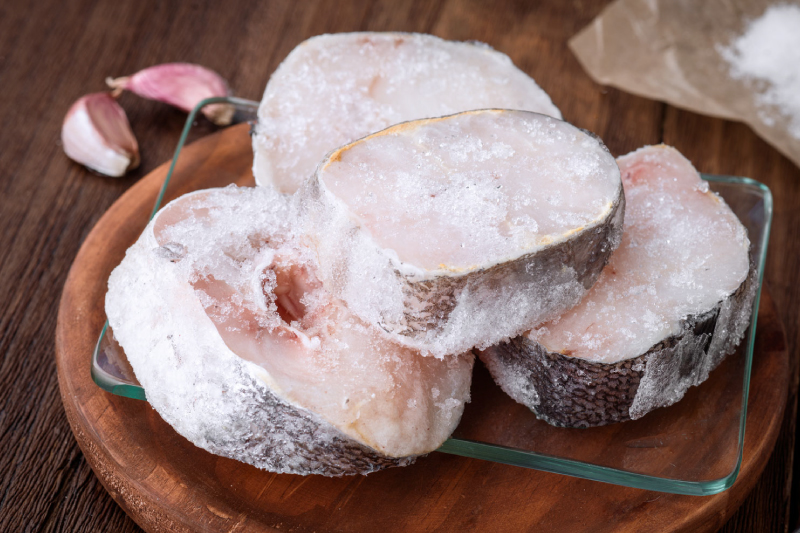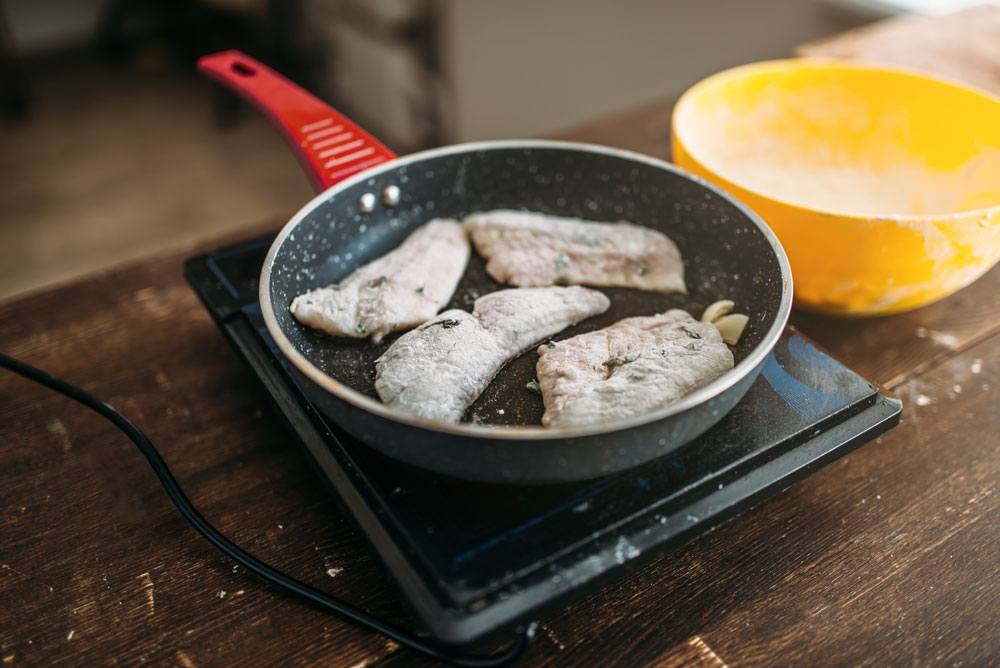
Even though fish straight from the dock has the best taste and texture profile, most home cooks and restaurants just cannot achieve this. In the seafood restaurant industry, “catch of the day” is a huge deal since fish lose quality as soon as they are captured and killed.
However, since most industrial boats flash-freeze fish within moments of catching them, frozen Seafood supply is frequently considered to be fresher than raw seafood. But do you prepare this frozen fish after it defrosts, or do you prepare it straight from the freezer? Many elements must come together for a satisfying frozen fish meal.
With that in mind, we will go through everything you need to know about making a delicious dinner out of frozen seafood.
After learning the ins and outs of frozen food, you may be asking what the safest thawing procedures are. Food defrosting is a sensitive operation that needs to be done carefully. You can properly cook meals that are frozen solid in one of three ways:
It is quick and simple to transform frozen seafood into a fresh and well-prepared meal. Seafood doesn’t need to be pre-thawed in the fridge as beef or chicken do. There are only a few easy steps to perform when it comes to thawing the seafood, so do them prior to you preheating your oven or skillet.
Take your salmon or any other seafood out of the container as soon as possible. Put everything inside under cool tap water.
Pro tip: There is no need to open a vacuum-sealed container if your seafood is inside.
Pour the cold water over the seafood for no more than a few minutes,. The timing will depend on the size, shape, and size of the seafood that you are using. The seafood should then be rinsed off, and any ice crystals or pieces that may have developed around it should be removed.
To preserve freshness and the best flavor, prepare and consume your seafood immediately after it has thawed.
Pan steaming is a very popular method of seafood restaurant that many high-end seafood restaurants loves. And here is how to do it.
Rinse to get rid of any ice, then simmer an inch’s worth of water or other seasoned liquids on medium-high heat. Put the seafood inside the pan skin-side down ( if it is a fish). Then slowly bring the liquid back to a simmer while lowering the heat to prevent boiling.
After five minutes of cooking with a tight lid on the pan, switch off the heating. Now let the seafood rest in the fluid for a further five minutes, Once that is done, serve with a sauce of your choice or a squeeze of citrus juice from a lemon.

If you are thinking about poaching, you must make sure to get your products for a reliable Frozen seafood supplier. Check out Watermelon Marketplace to get in touch with the best frozen seafood UAE suppliers.
Now once you have your hands on your desired seafood, it’s time to start poaching.
A great seafood dish can be prepared quickly and deliciously by poaching frozen fish. Place your cleaned, frozen fish in a combination of water, vinegar, or vegetable broths. Bring to a simmer after seasoning with herbs and spices, including dill, anise, citrus, bay leaves, and peppercorn.
Once it begins to boil, lower the temperature, cover the pan, and cook your fish until it has defrosted and can be easily flaked with a fork.
Before putting the fish, you may pre-simmer some veggies in the broth, such as carrots, shallots, celery, cucumbers, or scallions, for a few minutes. Then, boil everything together until it has a tender texture. Depending on the size, fish should cook more quickly using this approach; for fillets, the time should be around 5 and 8 minutes.
Using frozen seafood in soups
Nobody wants to struggle to finish a meal of tough, rubbery seafood. Start with frozen crabs, clams, or fish & add to soup or broth for a little discretion to prevent overcooking. By adding your primary ingredient in the final ten minutes, you can cook and thaw your food at the same time at a gentle simmer.
Remember that introducing cold ingredients can lower the temp of your stew. So, bring it back to a simmer and finish cooking it fully before adding some lime and herbs.
Approximately 1 to 2 days can pass before preparing or freezing raw shellfish and fish in the fridge (4.4 °C or even less). Seafood should be refrigerated for three to four days after cooking. Most frozen fish or shellfish is always safe to cook and eat, but after prolonged storage, the taste, Flavour, and texture will deteriorate.
For the greatest quality, freeze cooked fish for up to three months at a temperature of 0 °F or -17.8 °C. It is advisable to use frozen raw fish between 3 to 8 months and shellfish between 3 to 12 months.
Join our ecosystem and revolutionize your F&B business today.
Join our ecosystem and revolutionize your F&B business today.